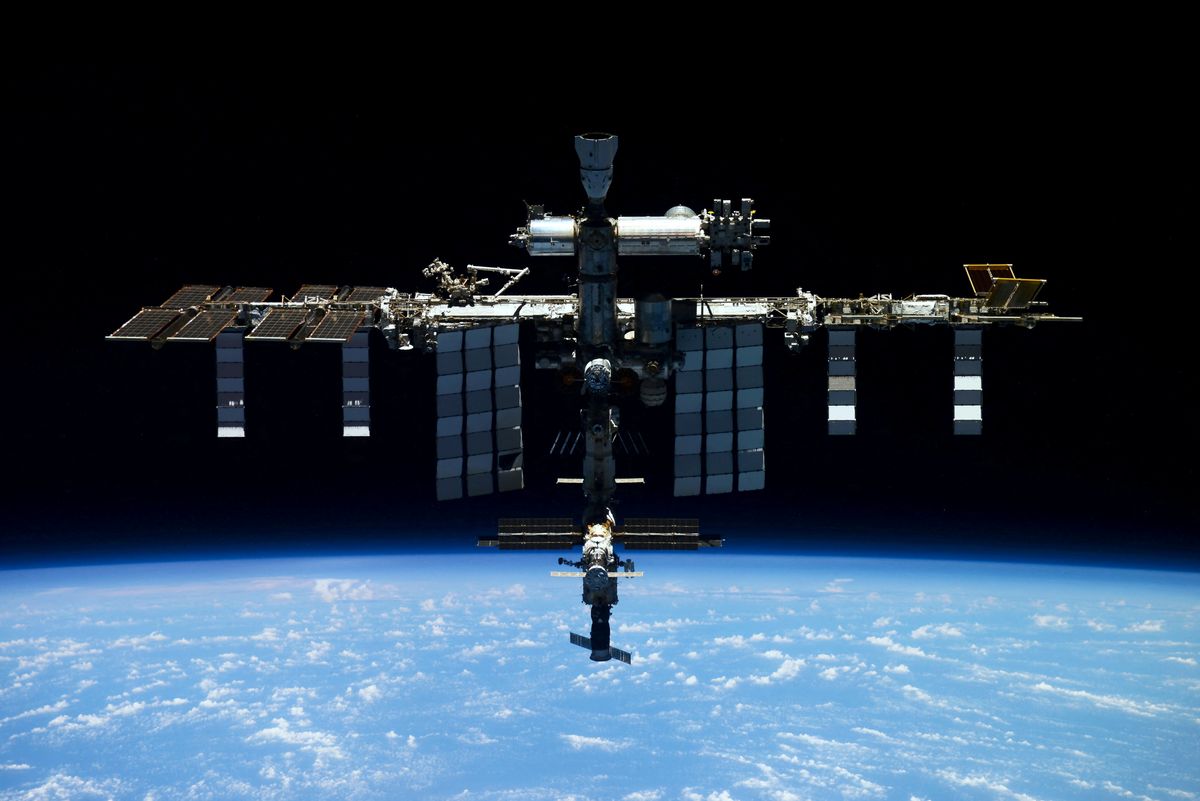Why space debris is a real problem
When we shoot stuff into space, it doesn’t always come back to Earth. But it doesn’t just disappear, either.

A few minutes every morning is all you need.
Stay up to date on the world's Headlines and Human Stories. It's fun, it's factual, it's fluff-free.
When we shoot stuff into space, it doesn’t always come back to Earth. But it doesn’t just disappear, either. If a satellite is orbiting Earth, it’s going to continue being stuck in the planet’s gravitational pull, even after it’s no longer useful to us.
Right now, there are actually millions of pieces of debris in Earth’s orbit. A lot of it comes from satellite explosions and crashes. When these satellites crash into each other, they end up creating smaller, more widespread pieces of space trash. If satellites hit random pieces of space garbage all the time, there are going to be some problems for us here on Earth.
That random trash can hit other (more important) objects at over 22,300 miles per hour, which is faster than a speeding bullet. And this stuff could take hundreds or even thousands oif years to come back to the ground.
According to NASA: “Even tiny paint flecks can damage a spacecraft when traveling at these velocities. A number of space shuttle windows were replaced because of damage caused by material that was analyzed and shown to be paint flecks. In fact, millimeter-sized orbital debris represents the highest mission-ending risk to most robotic spacecraft operating in low Earth orbit.” Remember, spacecraft and satellites are responsible for things like GPS, cell phone capabilities, television, weather tracking and military operations. So, that’s not great.
And there’s a history of spacecraft being really affected by space junk. Back in 1996, a French satellite was hit and damaged by debris from a French rocket that had exploded some 10 years beforehand. But, space agencies actually track space junk. And collisions with it are relatively rare.
So, how can we clean this stuff up? Well, the UN already has a policy of asking everyone to remove their satellites from orbit within 25 years of the end of each mission. This means bringing those satellites back into the atmosphere and getting rid of them here. How can organizations do this? It might sound silly, but they can use harpoons to get the material, catch it down here in a big net, grab it using magnets or even fire lasers to heat up the satellite, which causes an increase in its atmospheric drag, making it leave orbit.




Comments ()